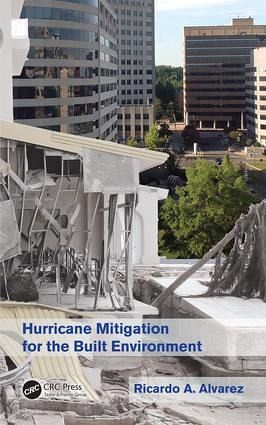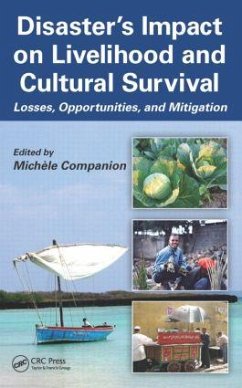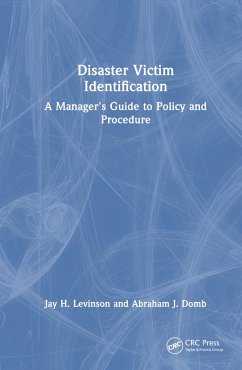Ricardo A. Alvarez is an internationally known consultant, subject-matter expert, applied research scientist, former college professor, author, and speaker, focusing on the performance of the built environment in the context of vulnerability to natural hazards, risk management, hazard mitigation, emergency management, and adaptation to climate change. He began focusing on how buildings perform under the impact of natural hazards as an architecture student in California, complementing his design work by conducting research using smallscale models to visualize the behavior of structures under various loading conditions, and how damage takes place under such impacts. Early in his career, he had a chance to convert the knowledge he had acquired through analytical and experimental research into actual practice when he experienced a major earthquake in his native Nicaragua and had the opportunity of assessing damage on numerous buildings, and of formulating plans for repairs and reconstruction with the objective of making buildings stronger against future expected impacts. That early experience taught him invaluable lessons that contributed to a philosophy of design and professions, which he had begun formulating as a student, learning about building performance under external impacts. Among these lessons, the value of empirical knowledge acquired through field work and observation of damaged buildings in the aftermath of a disaster have become central to Ricardo's approach to reducing the potential for damage to the built environment from expected impacts of natural hazards. Another valuable lesson Ricardo has incorporated into his philosophy of work is that a practical methodology toward hazard mitigation based on empirical knowledge, complemented as needed by experimental and analytical work, will be effective independently of the type of natural hazard prevailing in any given region. Ricardo's lifetime work is proof of this. He has over the years successfully converted this method into a multihazard approach to mitigation that has worked effectively in cases of hurricanes, floods, and other hazards, and as a foundation for his work on adaptation of the built environment to climate change. Ricardo has engaged in vulnerability, risk, and damage assessment field work in the United States and other countries posthurricanes Gilbert, Andrew, Mitch, Opal, Ivan, Katrina, Wilma, and many more, developing an empirical approach for characterizing impacts, assessing the causality of damage, and identifying effective hazard mitigation and adaptation measures to reduce the potential for damage to the built environment. Ricardo is a former deputy director of the International Hurricane Center (1997-2004). He has served in the Miami-Dade County Local Mitigation Strategy Steering Committee (LMS), the Florida State Hazard Mitigation Plan Advisory Team (SHMPAT), and the CLEO Institute Advisory Board.














